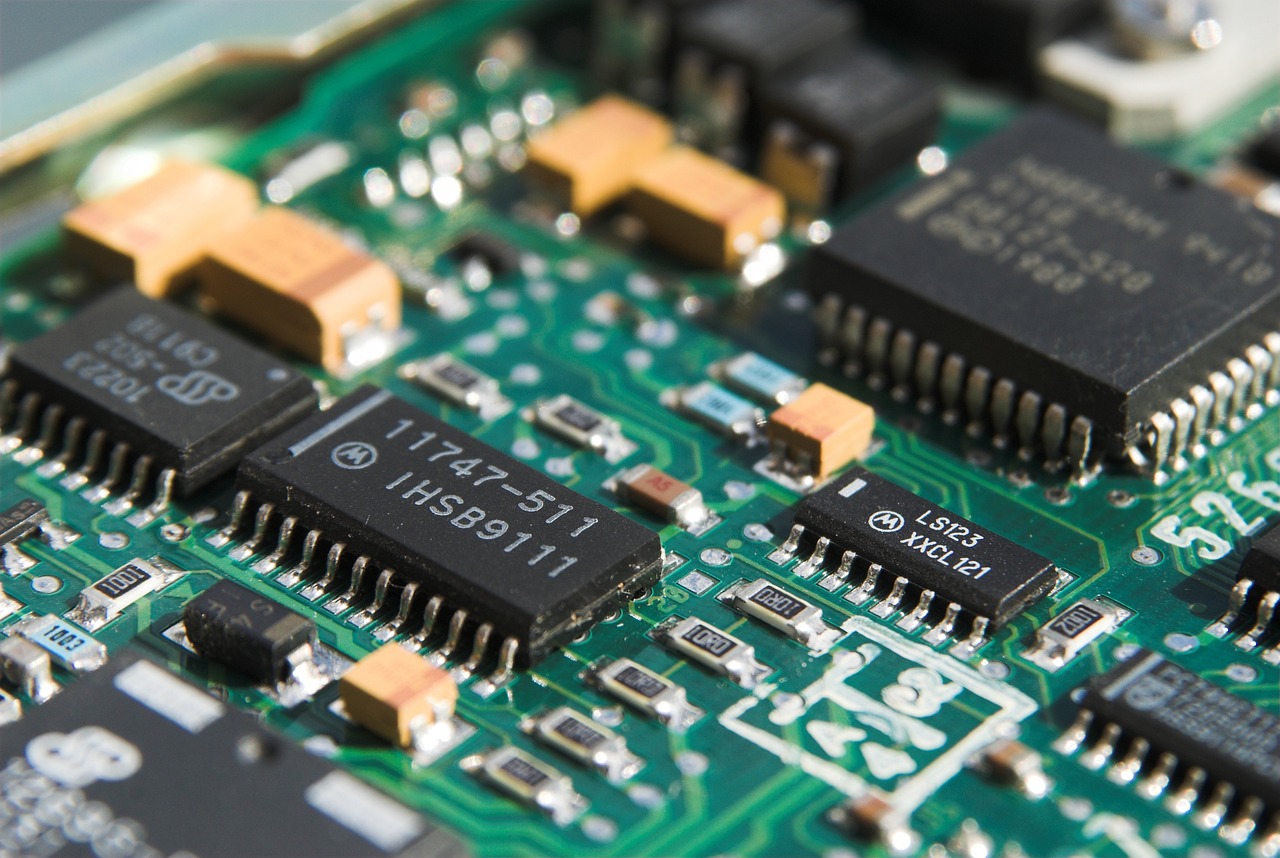View count:
21
I533 - IC Design Lab.
I533 IC Design Laboratory It is an innovative hub that combines theory and practice, focusing on the design and verification of digital and analog integrated circuits (ICs). We are dedicated to training students to approach IC design from a systems thinking perspective, gradually mastering the IC design process, from RTL (Register Transfer Level) architecture design, simulation verification, to layout and physical implementation.
📌What is IC design?
IC design, or "Integrated Circuit design," is a technology that "draws" circuits onto a chip. In simple terms, an IC (Integrated Circuit) is a very small chip that integrates a large number of electronic components, such as resistors, capacitors, transistors, etc., to perform specific computations or control functions. From smartphones, computers, and televisions to cars and automation equipment, almost all electronic products rely on these chips.| IC design, or "Integrated Circuit design," is a technology that "draws" circuits onto a chip. In simple terms, an IC (Integrated Circuit) is a very small chip that integrates a large number of electronic components, such as resistors, capacitors, transistors, etc., to perform specific computations or control functions. From smartphones, computers, and televisions to cars and automation equipment, almost all electronic products rely on these chips. |  |
The work of IC design involves first planning how these circuits should operate, and then using specialized tools to convert the circuit diagrams into actual chip blueprints that can be manufactured. This process includes:
🔸Logic Design:Designing how the chip should operate, such as functions for adders, controllers, memory, etc.
🔸Circuit Simulation and Verification:Ensuring that the circuit works as expected, avoiding errors.
🔸Layout Design:Converting the circuit into geometric patterns that can be "etched" onto the wafer.
🔸Manufacturing and Testing:Sending the design to the wafer fab for production, followed by functionality testing and verification.
The entire process combines electronic engineering, computer science, and materials science, making it a highly interdisciplinary and challenging field. It is also one of the key components of modern technological advancement.







